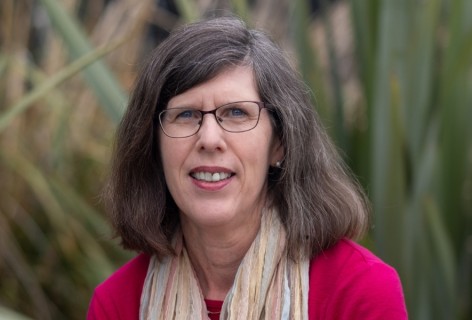The case of the finite soils – making their value visible

Horticultural land at risk of being lost to urban development.
This led to the National Policy Statement for Highly Productive Land being proposed in August 2019. Versatile soils are those soils that fall into land use capability classes (LUC) 1, 2 and 3, meaning those soils with the fewest limitations to their use. LUC 1 and 2 cover approximately 5% of New Zealand, while LUCs 1, 2 and 3 covers about 14%, much of it close to major urban centres. Pukekohe, south of Auckland is one such area under urban development pressure. About 86% of LUC 1 land in the Auckland region is in this area and is where about a third of New Zealand’s fresh vegetable production occurs.
As the pressure to develop versatile soils mounts, there are moves to assess the broader impacts of these decisions. Integrating soil natural capital and ecosystem service approaches with cost–benefit analysis (CBA), a common decision support tool for policy decisions, is one way to identity and explore the broader impacts of development. Ecosystem services are the benefits that nature provides. They are the flow of benefits from our natural capital stocks like land, water, and biodiversity. Using an ecosystem services framework early in a CBA provides a structured process not only to identify but also to justify the costs and benefits to include. By using members of the community to decide which ecosystem services are most important for a given context allows a more robust deliberation of values and what to include in the CBA. For the non-market values (e.g. the ability of soils to purify water), soil characteristics can be an effective way to compare between potential development areas. Air quality, water regulation (timing and flows), and water purification are most directly related to soil characteristics, while wild foods and some recreational activities are indirectly related to soils through their reliance on water quality or quantity. Agricultural use is directly linked to the land and soil characteristics, as these are limiting factors for many agricultural activities.
Applying this approach to two potential development areas north (hilly) and west (flat) of Pukekohe demonstrated the trade-offs when the wider impacts are considered. West Pukekohe, based purely on the one-time financial costs of development, would be the preferred place to develop, as the development costs are lower because of the flatter land. This area also had a lower risk of dust pollution during the construction phase, meaning higher community acceptance of the development. In terms of agricultural revenue West Pukekohe not only has the larger loss of agricultural revenue, but also the larger agricultural opportunity costs, as this land is suitable for producing a wider range of agricultural commodities. Similarly, the soils in West Pukekohe are better able to purify water, have lower dust production, and better regulate water flows, making it the better location for agricultural production.
Articulating the recurring costs and benefits related to ecosystem services to differentiate between areas can effectively highlight the full range of costs and benefits of development. Even though the results of where to develop are not definitive in our application, knowing where the greater benefits and costs accrue can be used to inform where to develop as well as recognising the potential trade-offs, which may then be mitigated.
For more details see:
Greenhalgh S, Samarasinghe O, Curran-Cournane F, Wright W, Brown P. 2017. Using ecosystem services to underpin cost–benefit analysis: Is it a way to protect finite soil resources? Ecosystem Services 27: 1–14.


